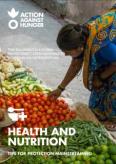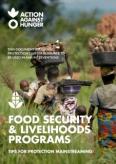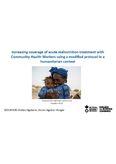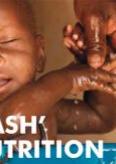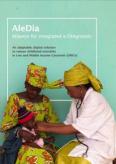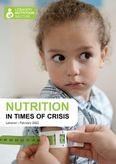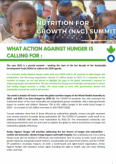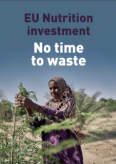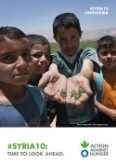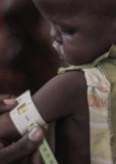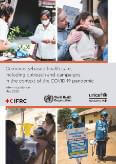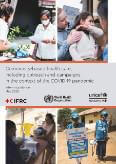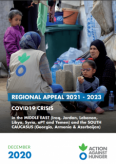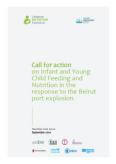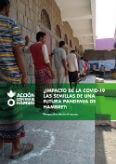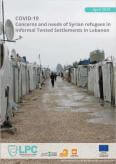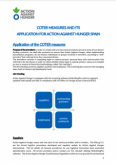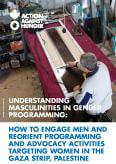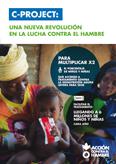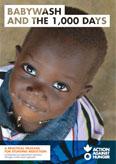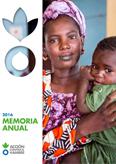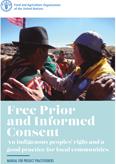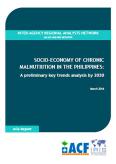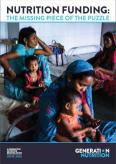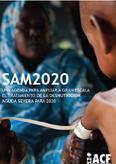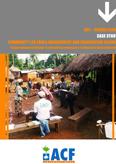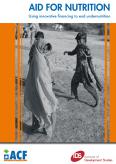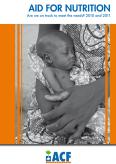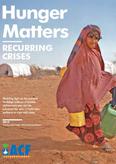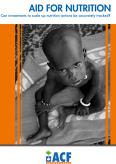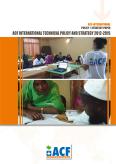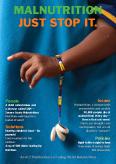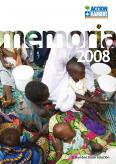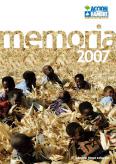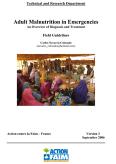Nutrition
Good nutrition is the foundation of human well-being and will contribute to improving problems associated with poverty, health, education, gender differences and employment.
Health
We treat the conditions linked to malnutrition and prevent nutritional deterioration that could lead to illness.
Nutrition and Health
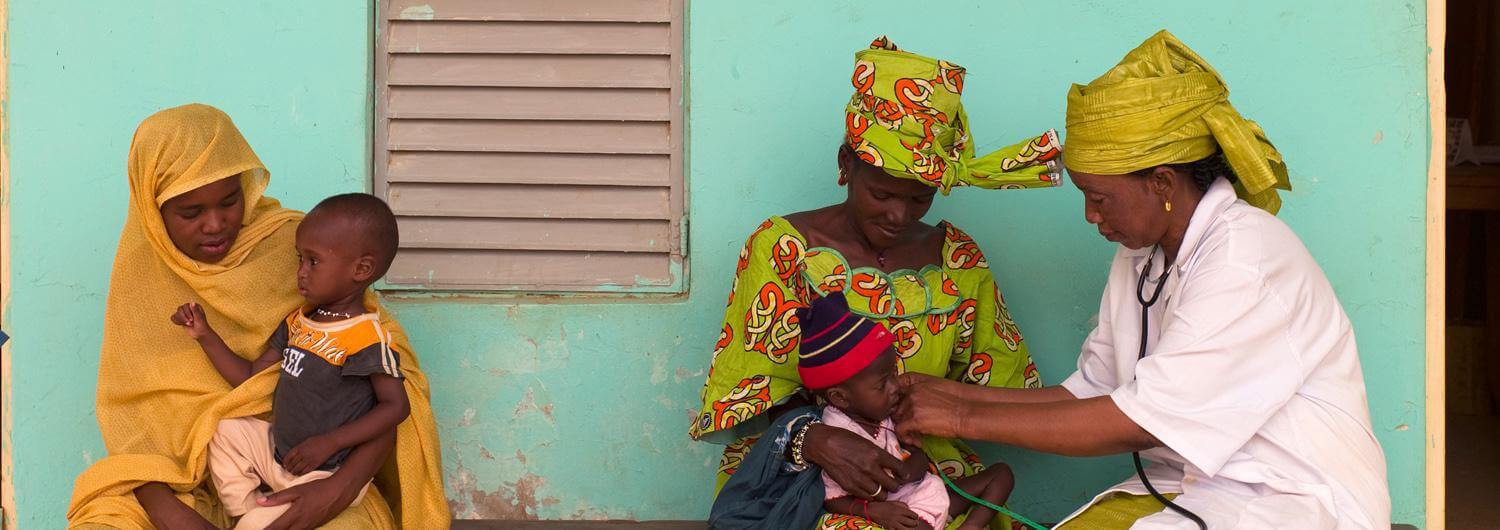
Malnutrition is the physical outcome of hunger, a devastating illness on an epidemic scale suffered by 52 million children under five all over the world. It is the result of a lack of food or an unsuitable diet. Every year, it leads to the deaths of more than 3.1 million children. These deaths could be avoided with the proper nutritional treatment.
This pandemic is also a social problem – a heavy burden that conditions the future of the children who suffer from it. It affects their physical and intellectual development and their health for the rest of their lives. These children will be fragile adults who will have problems providing for their families, thus prolonging the vicious circle of poverty and hunger. It is estimated that a person who has suffered from malnutrition will lose more than 10% of the income they would have obtained during their lifetime through loss of productivity and that malnutrition could cause a country could lose up to 3% of its Gross Domestic Product (GDP).
That is why we believe that if malnutrition is a heavy burden for millions of children worldwide, then nutrition could be an excellent investment. Improving a population’s nutritional state strengthens its capacities and stimulates the development process, thus leading to less poverty.
MALNURTITION IN FIGURES
- 3.1 million children (8,500 per day) lose their lives every year due to malnutrition-related causes
- Malnutrition is associated with 45% of child deaths every year
- Nutritional treatment, which saves the lives of children by using Ready-to-use Therapeutic Food, costs just €40
- Only 1 in 10 malnourished children has access to the nutritional treatment that could save their life
- €9 billion are needed every year to apply the basic nutritional package in the 15 countries that bear the greatest burden of malnutrition
- The cost of malnutrition is equivalent to 3% of global GDP
but:
- 38 countries have achieved Millennium Development Goal 1, which shows that, with the right policies, hunger can be overturned
- Acute malnutrition has gone down 8% in the last 10 years
- In the last year, 26 million people less are suffering from hunger
- The number of children under 5 suffering from delayed growth has gone down by 40% in recent years
- The percentage of children accessing nutritional treatment is double that of three years ago
- The distribution of Ready-to-Use Therapeutic Food has increased five-fold in the last three years
- The percentage of children who lose their lives before the age of 5 today is almost half that of 1990
- Action Against Hunger saved the lives of 175,533 malnourished children in 2012 alone
What do we do to FIGHT MALNUTRITION?
- Evaluate nutritional needs
- We gather key nutritional data in order to evaluate the causes of malnutrition, including local capacities and resources, cultural practices, access to infrastructure and geography. These surveys are essential for implementing an effective response.
- Treat acute malnutrition
- We treat cases of severe acute malnutrition through hospital-based medical attention (for cases that show complications) and through a community-based out-patient approach. Without the right treatment, malnourished women and children face imminent death.
- Prevent acute malnutrition
- We work to prevent the causes that lead to malnutrition through all our key action points in the fields of food security, primary health care, access to water, sanitation and hygiene and disaster prevention.
- Building local capacity
- We strengthen local public health systems in order to fight malnutrition and integrate our programmes into the existing healthcare structures. When crises disappear, we adapt our programmes to become part of the healthcare systems and pass on our experience to local organisations.
- Research and innovation
- We continuously improve the quality and impact of our work through research into fields associated with the prevention and treatment of malnutrition.
OUR PROJECTS aim to prevent malnutrition among the most vulnerable groups by treating severe and moderate acute malnutrition; supporting local capacities for drawing up policies and plans for fighting malnutrition; and providing training to families on dietary habits and preventing malnutrition.
- Nutritional survey
- Training for mothers on nutritional habits
- Training for health workers on prevention and treatment
- Community-based treatment of malnutrition
Other lines of action
JOIN US
Donate now
Your donation will reach those who most need it
Become a member
Join the generation that can bring an end to hunger
Donate via SMS
send HAMBRE to:
- 28010(1.2€)
- 38010(6€)
- 38012(3€)
Full donation to our projects. Valid for Movistar, Vodafone, Orange and Yoigo

